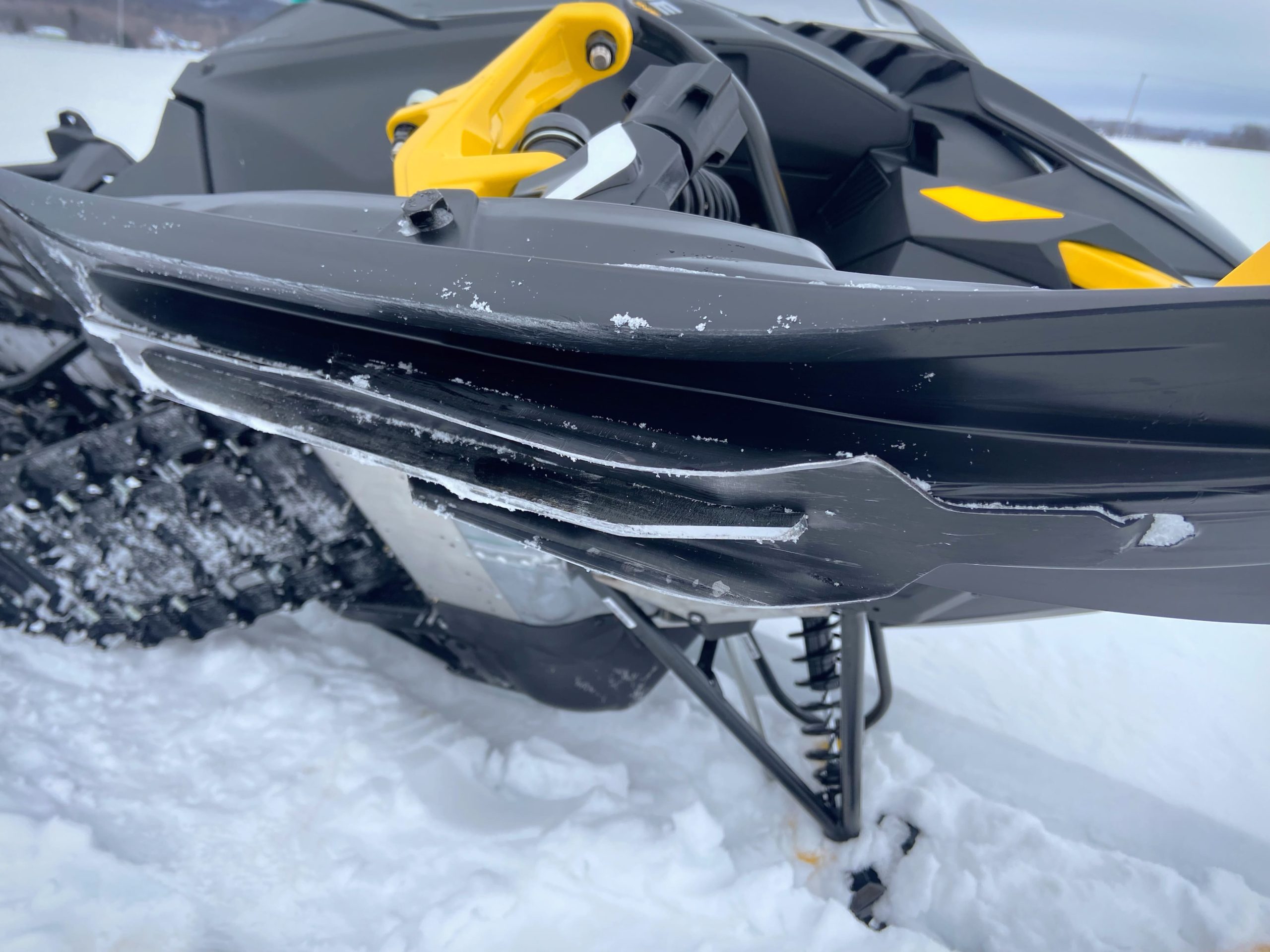Table of contents
ToggleWhile snowmobiling is an incredibly enjoyable activity, there are ways to significantly enhance the experience. Numerous accessories have been developed over the years in the replacement parts market. These are primarily designed to refine our sledding experience. The Snowtracker is a notable example.
Are You Familiar With Swaying?
In kinematics, we can define swaying as follows: “during a movement, an intermediate action that, following a trajectory shift, allows a return to the initial trajectory or a trajectory parallel to the initial movement.” In the context of snowmobiling, it refers to a loss of trajectory caused by the tracks left by previous vehicles. This effect leads to frequent changes in direction and a swaying motion from side to side.
You will agree that swaying is unpleasant for both the rider and, if applicable, the passenger. This consequence requires increased vigilance and an adapted speed.
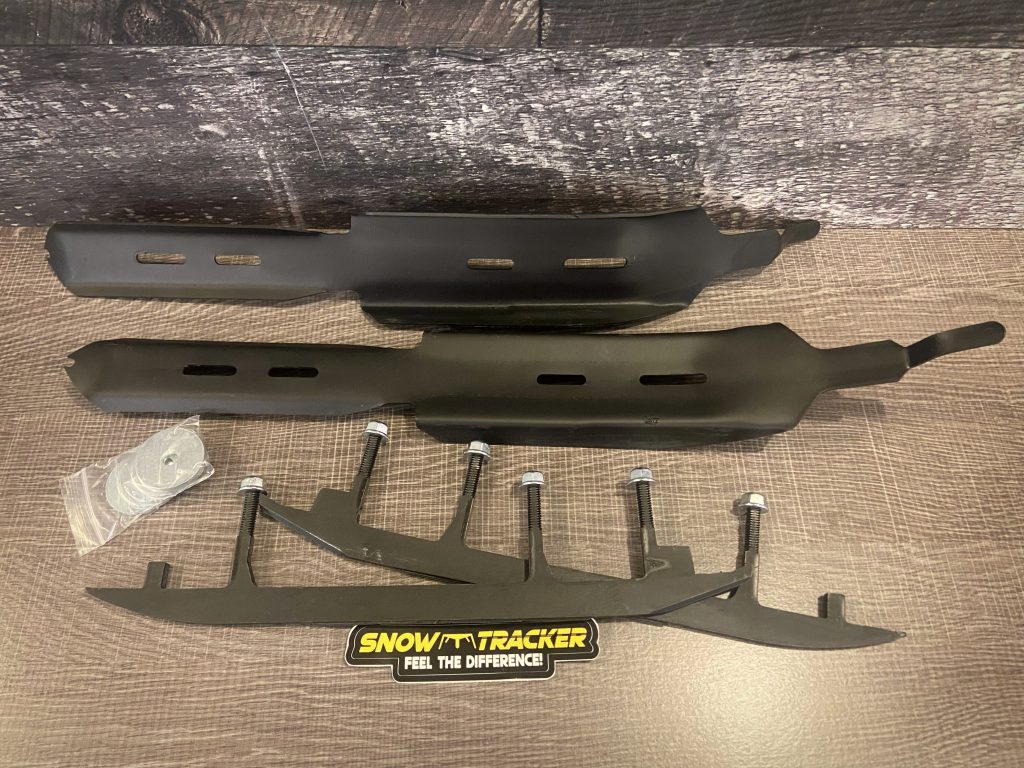
The Remedy for Swaying: Snowtracker!
The most advanced snowmobile steering component on the market is the Snowtracker. It is a snowmobile steering stabilizer that eliminates swaying by providing unparalleled traction and optimal precision. The Snowtracker is designed and manufactured in Canada, patented in Canada and the United States, and fits all snowmobile brands with their original skis.
Developed by a local inventor, it aims to be the ultimate solution for rides that meet our expectations. So, why go without it?
The Beauce-based company behind Snowtracker, founded in 2001, is called SCM-GL. Its roots trace back to the 1990s. Its founder, Mr. Ghislain Lachance, has developed and perfected products to make snowmobiling rides more enjoyable and safer.
For All Models!
A visit to the manufacturer’s website is all it takes to see the variety of products offered for all snowmobile brands and models. It is possible to equip both recent and older snowmobile models by referring to this page and selecting the products list for aggressive or semi-aggressive models.
Two Models Based on Driving Style
The “aggressive” model provides more than one inch of snow penetration. It is designed for those with a more aggressive and sporty driving style, allowing them to tackle trails in a more provocative manner.
On the other hand, the “semi-aggressive” model offers a snow penetration of over 0.75 inches. As the name suggests, it is less aggressive than the other model. It is designed for long trail rides or on lakes/rivers, providing a smoother driving experience. Nevertheless, it will still offer assistance and improved handling for riders seeking swaying prevention in lighter conditions.
It is important to mention that when travelling on a hard surface (asphalt, concrete, etc.), the Snowtracker will not be in contact. The carbide runners will be the load-bearing components and will wear themselves out over time.
Another Beautiful Innovation
Furthermore, Snowtracker sets come with a set of self-sharpening six-inch carbide runners. This is another wonderful invention by Mr. Lachance, composed of two distinct materials: steel and carbide.
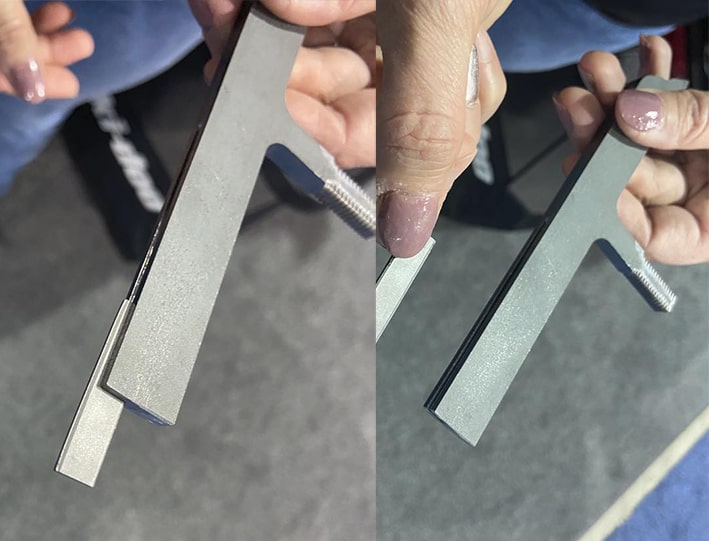
Its design ensures that the steel wears down when travelling on icy surfaces or icy trails, while the carbides remain constantly exposed due to their greater hardness. Additionally, they automatically sharpen themselves when passing over an asphalt surface. Moreover, the carbides undergo a specific heat treatment to enhance their overall wear resistance. This entire process ensures having sharp and fully effective carbides at all times.
My personal choice was…
This season, my snowmobile is a Ski-Doo Adrenaline with the Enduro 850 E-TEC 2024 package. It comes equipped with Pilot TX skis, and I’ve decided to add a little extra that will be significant during my numerous rides. As a snowmobiler, I’ve grown softer over the years. I wanted to give a little respite to my weakened shoulders. Therefore, I made the decision that the semi-aggressive Snowtracker runners were the perfect fit. They are undoubtedly the best compromise for my driving style.
Installation Guide for PILOT TX Skis (According to the Manufacturer)
For the detailed installation guide, click here.
- It is very important to align your skis at “0 degrees of opening” (parallel skis) while snowmobile is resting flat on the ground. Do not rely on previous alignments of snowmobile. Most snowmobiles are not at 0 degrees.
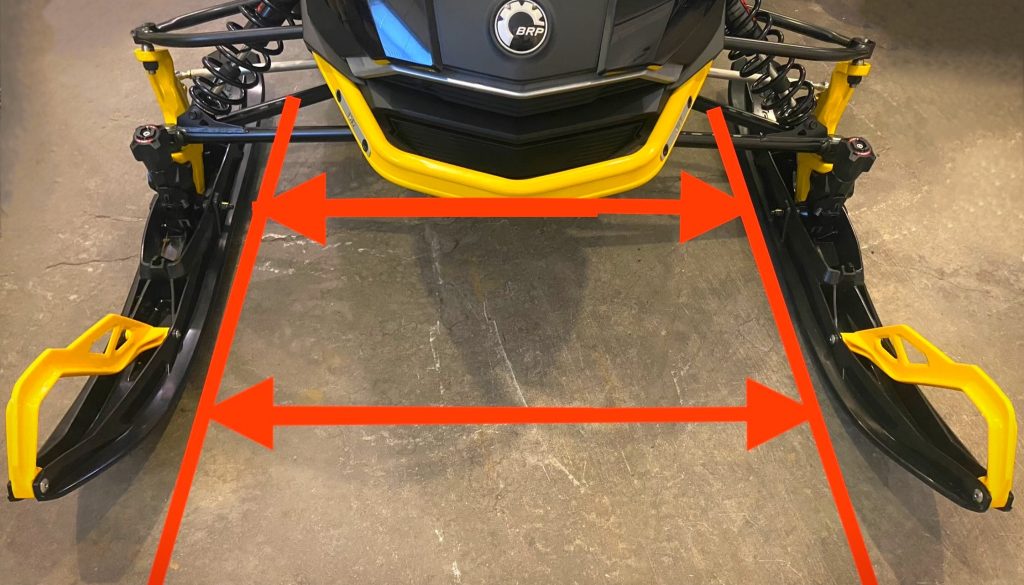
- It is very important to drill all holes from the bottom of the ski and be sure the holes are centred. See installation instructions in each package to drill these holes perfectly. An incorrect hole (and not well centred) could change the quality of steering, cause an enormous increase in fuel consumption, and could tug the machine from left to right.
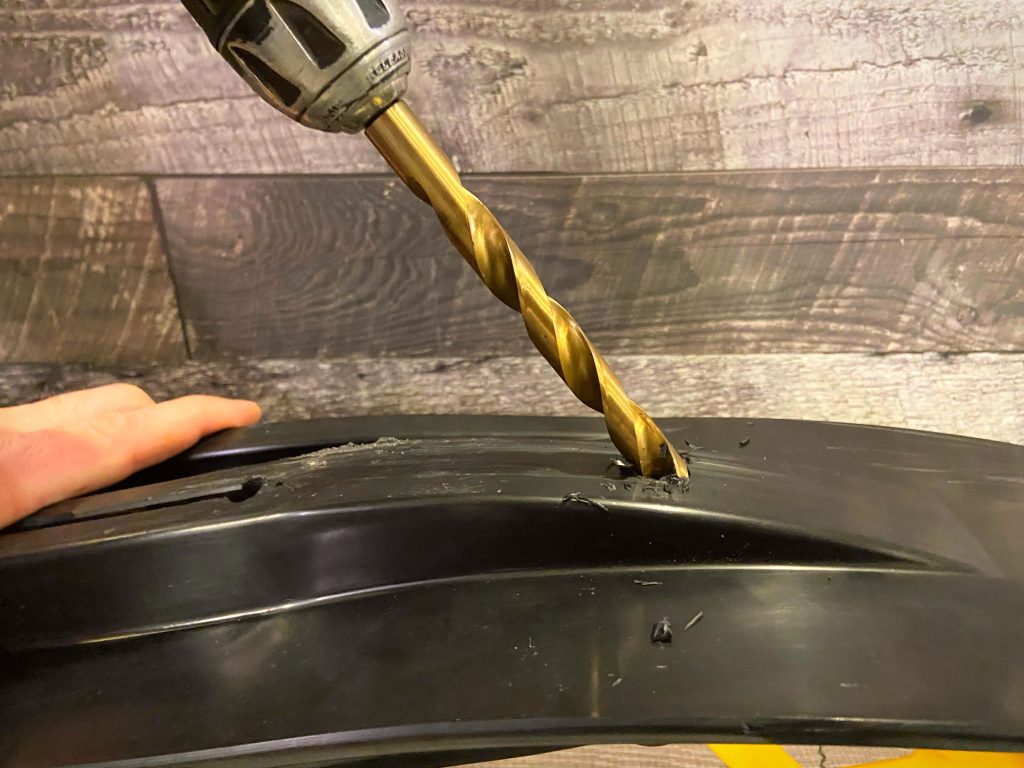
- Conduct some trail tests to adjust the handling and manoeuvrability of your snowmobile according to your needs. This is crucial because each person has a different driving style.
- If, after some trail tests, your snowmobile tends to have too much front-end traction, reduce the weight on the skis by decreasing the spring pressure on the snowmobile skis. If you have calibrated all your springs (pressure) correctly, this will simultaneously reduce fuel consumption while maintaining good driving traction without any fishtailing.
- Execute some more trail tests to comfortably adjust the springs on the skis according to your driving preference.
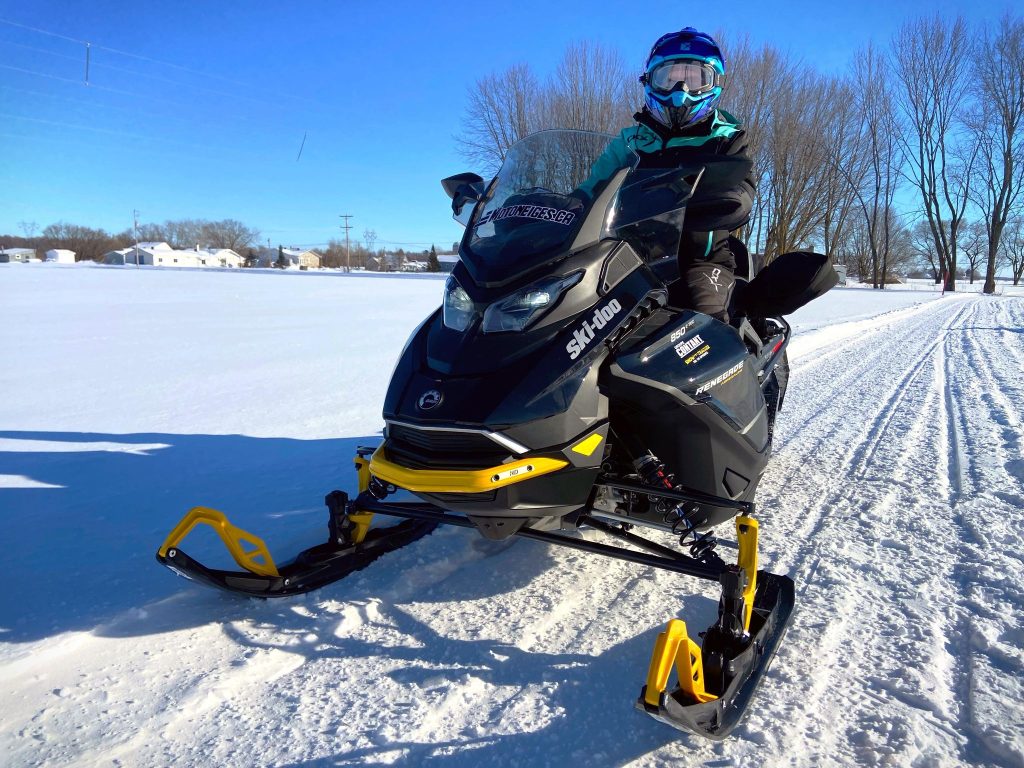
- Finally, after covering 200 km, tighten the bolts on the snowmobile skis to secure everything.
In conclusion, safety should be prioritized during motorized activities. Furthermore, Snowtracker anti-swaying systems provide us with what we need for confident rides on our snowmobiles.
Follow us on Motoneiges.ca for subsequent articles as we share our appreciation for this accessory.

